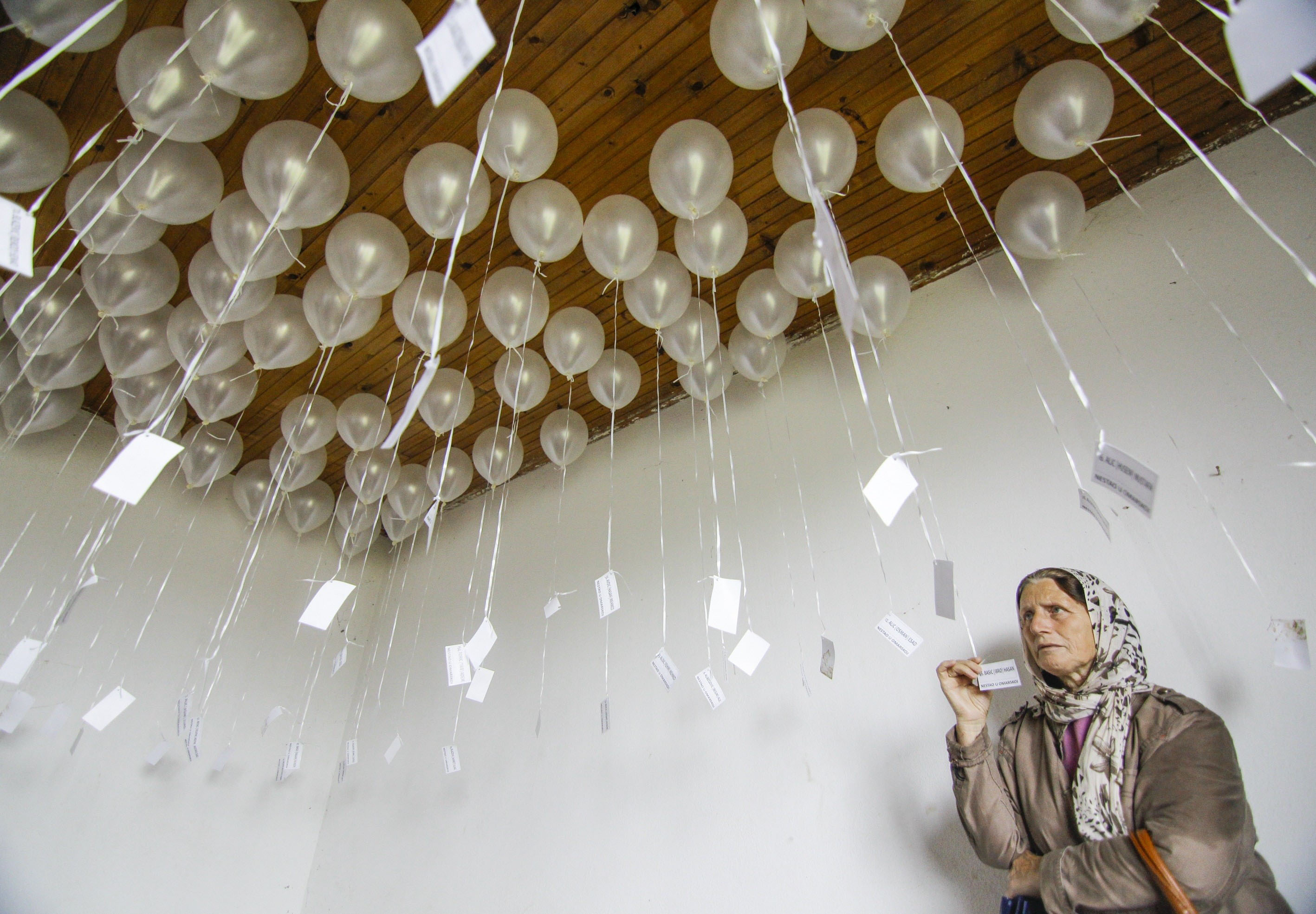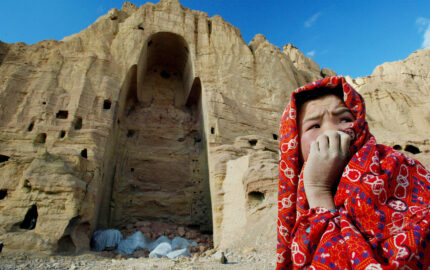
How are great journalists made? Often, it’s pieces of great journalism that help form them, influencing their lives or careers in an indelible way. To celebrate the Nieman Foundation for Journalism’s 80th anniversary in 2018, we asked Nieman Fellows to share works of journalism that in some way left a significant mark on them, their work or their beat, their country, or their culture. The result is what Nieman curator Ann Marie Lipinski calls “an accidental curriculum that has shaped generations of journalists.”
In 1992, Roy Gutman broke the story of Serbian-run concentration camps where mass executions took place, documenting their place in a campaign of murder, rape, and expulsion designed to eliminate Muslims from most of Bosnia.I was then a reporter for New York Newsday, and I remember striding across Midtown Manhattan to the newsroom clutching the paper, galvanized by the explosive headline—“The Death Camps of Bosnia.” Gutman, Newsday’s sole European correspondent, had broken away from the press pack covering the siege of Sarajevo to investigate accounts of ethnic cleansing. He had doggedly followed a trail of cattle car deportations to survivors of killing camps like Omarska.
When I arrived in the newsroom in that exalted state, my editors asked if I would go to the former Yugoslavia for a month to help advance the story. “Yes!” I breathed. Surely if we reported out the story, the world would have to intervene.
It turned out that Western governments unwilling to risk casualties had ways of defusing a public outcry. The State Department was “unable to confirm” what it studiously avoided learning. Experts blamed “centuries of incomprehensible blood hatred” for a conflict fomented by neo-fascist propaganda over state-controlled news media. Jewish groups split over the evocation of the Holocaust as a goad to action. Congress failed to hold hearings on whether “ethnic cleansing” met the international definition of genocide, and diplomats announced peace agreements that went quietly unenforced. Genocidal killing would continue for three more years before international intervention.
But the international uproar over Gutman’s work, magnified by TV footage of emaciated Bosnian prisoners, had a powerful effect: the Serbs closed the most notorious camps. His stories summon us to journalism that challenges the public conscience, even when it doesn’t change the world.
The Death Camps of Bosnia
By Roy Gutman
New York Newsday, Aug. 2, 1992
Excerpt
ZAGREB, Croatia — The Serb conquerors of northern Bosnia have established two concentration camps in which more than a thousand civilians have been executed or starved and thousands more are being held until they die, according to two recently released prisoners interviewed by New York Newsday.
The testimony of the two survivors appeared to be the first eyewitness accounts of what international human rights agencies fear may be systematic slaughter conducted on a huge scale. New York Newsday has not been able to visit the camps. Neither has the International Red Cross or any other international agency.
In one concentration camp, a former iron-mining complex at Omarska in northwest Bosnia, more than a thousand Muslim and Croat civilians were held in metal cages, without sanitation, adequate food, exercise or access to the outside world, according to a former prisoner who asked to be identified only as “Meho.” The prisoners at the camp, he said, include the entire political and cultural elite of the city of Prijedor. Armed Serbian guards executed prisoners in groups of 10 to 15 every few days, he said.
“They would take them to a nearby lake. You’d hear a volley of rifles. And they’d never come back,” said Meho



